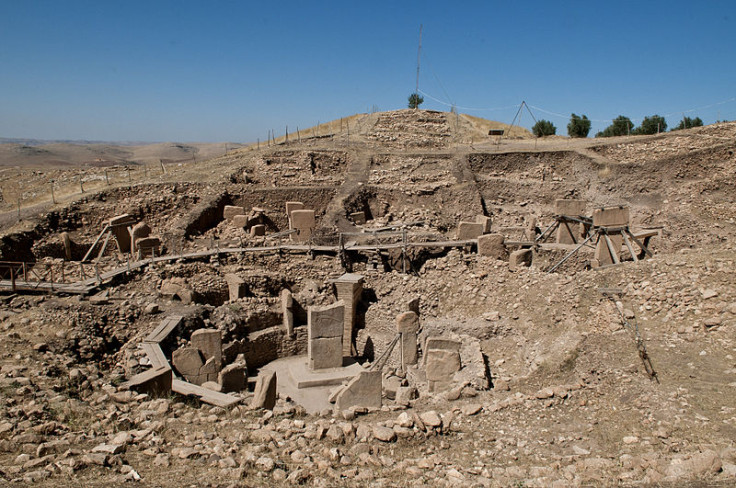Earth was hit with a devastating comet strike around 11,000 BC, ancient stone carvings reveal
The stone carvings were found in Turkey's Göbekli Tepe.
Ancient stone carvings, found in what is widely considered to be "the world's first temple", have revealed that the planet was likely hit with a devastating comet strike over 13,000 years ago. According to researchers, who analysed symbols on carvings found on a pillar called the Vulture Stone in Turkey's Göbekli Tepe temple, a swarm of comet fragments hit the Earth in around 11,000BC. Researchers suggest that the historical event may have sparked the rise of civilisation.
Experts from the University of Edinburgh studied and decoded the symbols found in Göbekli Tepe, which is an ancient megalithic site located in southern Turkey, not far from the Syrian border. Researchers say that the evidence uncovered indicates that Göbekli Tepe, which was constructed "on a top hill," may have served as an observatory.
"It is very likely the people of Göbekli Tepe were making accurate measurements of Earth's precession from around 10,950 BC onwards, and they had a good understanding of this process, at least from an observational perspective," researchers said in their study, which has been published in Mediterranean Archaeology and Archaeometry. "It is very likely that the people of GT [Göbekli Tepe] had been keen astronomers for a very long time."
Researchers noted that "The evidence and proposed mechanisms for this event are keenly debated right now." However, the researchers matched the animal carvings, interpreted as astronomical symbols, to stars and constellations, using computers and concluded that the event occurred around "10950 BC ± 250 yrs", which they said "corresponds closely to the proposed Younger Dryas event, estimated at 10,890 BC."
The Younger Dryas, also referred to as the Big Freeze, is believed to have lasted around 1,000 years during which the Earth is considered to have experienced "abrupt" climate change. Some experts believe that the Younger Dryas had a profound impact on humans and may have lead to a transformation of civilisation from hunter-gathering to early farming.

Edinburgh University researchers noted in their study that the people of Göbekli Tepe likely viewed the comet impact on Earth as "important to record the Earth's precession over very long timescales in a very visible and enduring fashion."
Researchers speculated that the carvings depicting the event were placed in the temple "to communicate to potentially sceptical generations that followed that a great truth about the ordering of the world was known, and that this truth was important for their continued prosperity, and perhaps survival."
Researchers also noted that the carving of a headless man in one the temple's of the stone pillars indicated that "the event lead to loss of life."
"That the people of GT remained interested in this date even several millennia later suggests it was a very important event that had a significant impact on their cultural development," researchers added.
IBTimes UK has reached out to the study's lead author Dr Martin Sweatman of the University of Edinburgh's School of Engineering for further insight on the discoveries made. This article will be updated in the event of a response.
© Copyright IBTimes 2025. All rights reserved.






















